As you just saw there a couple of states had elections on the weekend. You probably know that Aussie states have their own laws and their own leaders but have you ever wondered why that is? It all goes back to a time when the states were separate colonies. I thought it was a good chance to go back in time and take a look at how Australia came to be Australia. And a warning for Aboriginal and Torres Strait Islander viewers; this story contains images of people who've died.
Via Jarred Baker



 Your new post is loading...
Your new post is loading...





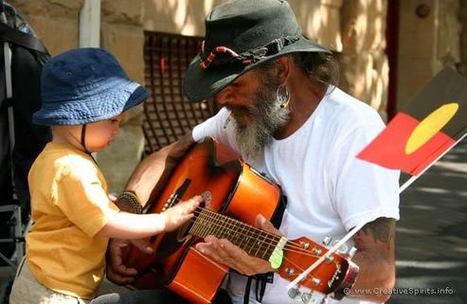



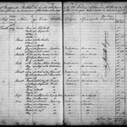
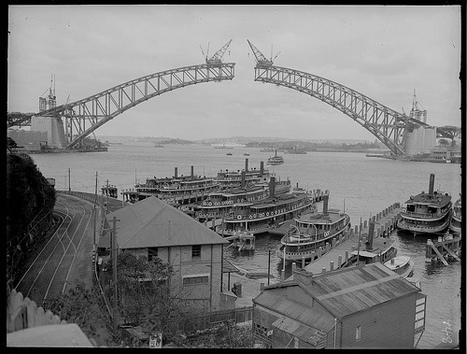



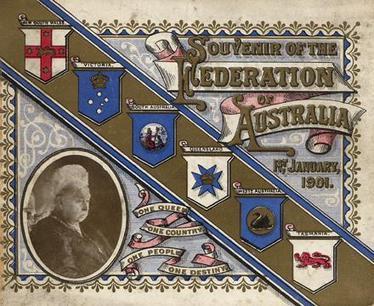









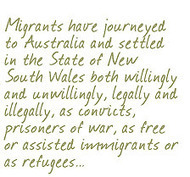


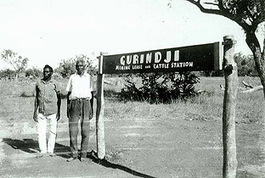
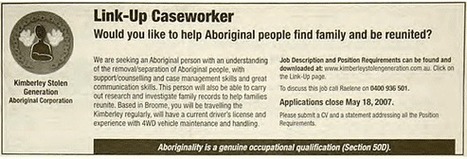

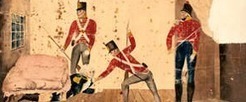






This resource is a segment from the ABC’s ‘Behind The News’ program (air date: 18/3/2014, length 4.54) that explores the origins of Federation in Australia. It explores why Australian people wanted a united nation, how that came to be with a focus on key personalities such as Henry Parkes and Alfred Deakin, and what implications it had in the history of the development of Australian democracy. It uses authentic images from the period as well as re-enacting particular scenes using children in period costume, which can help make the content relevant to students. It also comes attached with a raft of related web resources.
It might be useful to have students, like the kids in the video, role play the negotiations leading up to Federation and drafting of the constitution. Students can be placed in groups that represent each state and then given particular points that their state wanted, or general concerns that parties had about the constitution, to argue in a mock debate.
A question that students can focus on when watching this video is what has changed or remained similar after Federation. These ideas can then be collated together as class by the teacher on the white board or smart board. It might be interesting to discuss the role of states in Australia and even debate whether we should still have states or not. This can then link in nicely with looking at the 1967 referendum and the idea of a need for federal, rather than state, legislation concerning Aboriginal people.